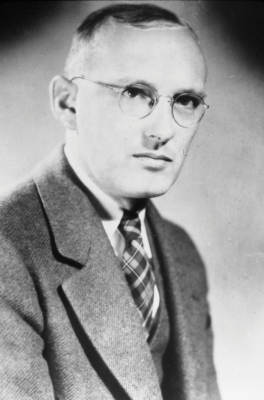
Radio astronomy is a subfield of astronomy that studies celestial objects at radio frequencies. The first detection of radio waves from an astronomical object was in 1932, when Karl Jansky at Bell Telephone Laboratories observed radiation coming from the Milky Way. Subsequent observations have identified a number of different sources of radio emission. These include stars and galaxies, as well as entirely new classes of objects, such as radio galaxies, quasars, pulsars, and masers. The discovery of the cosmic microwave background radiation, regarded as evidence for the Big Bang theory, was made through radio astronomy.
Radio astronomers use different techniques to observe objects in the radio spectrum. Instruments may simply be pointed at an energetic radio source to analyze its emission. To “image” a region of the sky in more detail, multiple overlapping scans can be recorded and pieced together in a mosaic image. The type of instrument used depends on the strength of the signal and the amount of detail needed.
Observations from the Earth’s surface are limited to wavelengths that can pass through the atmosphere. At low frequencies, or long wavelengths, transmission is limited by the ionosphere, which reflects waves with frequencies less than its characteristic plasma frequency. Water vapor interferes with radio astronomy at higher frequencies, which has led to building radio observatories that conduct observations at millimeter wavelengths at very high and dry sites, in order to minimize the water vapor content in the line of sight. Finally, transmitting devices on earth may cause radio-frequency interference. Because of this, many radio observatories are built at remote places.
Picture Credit: Google

